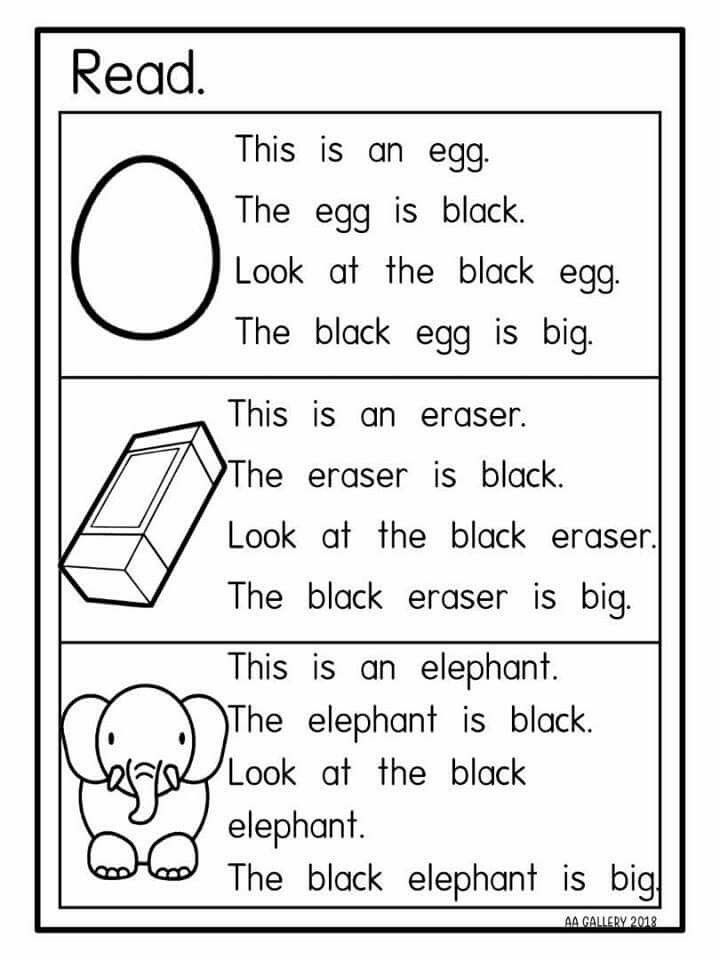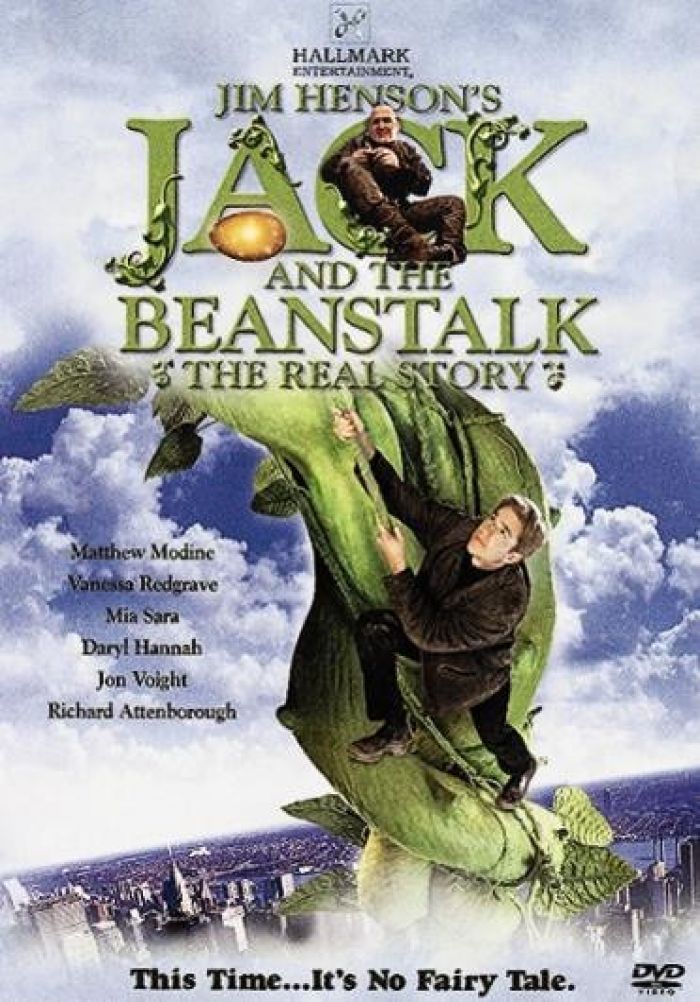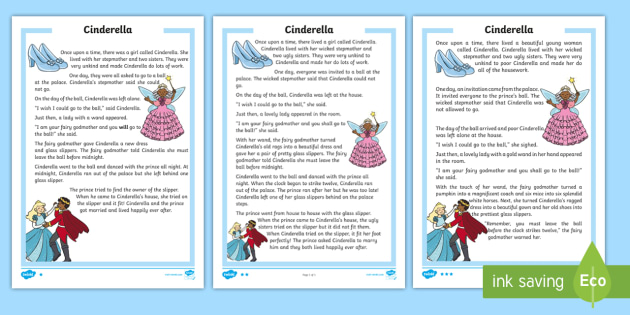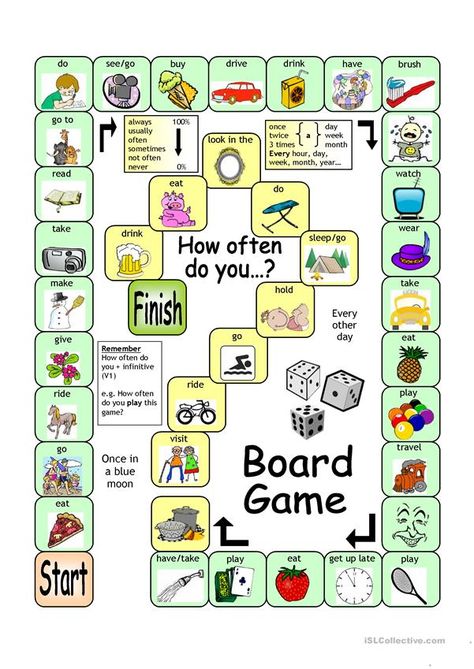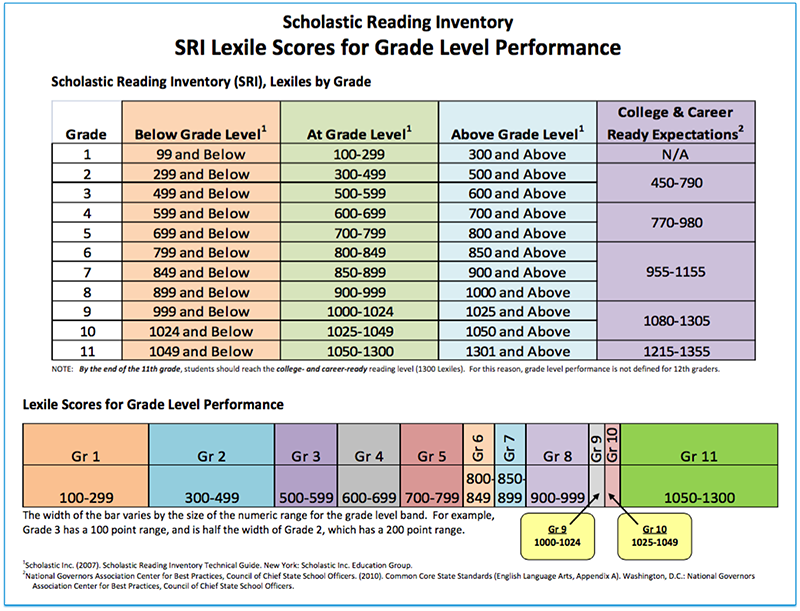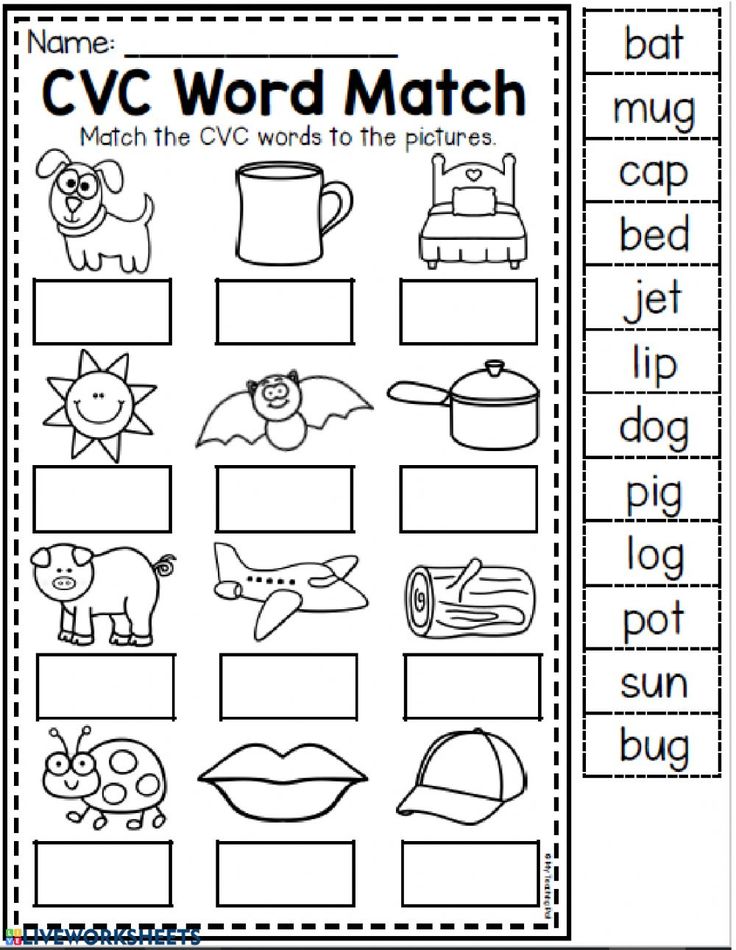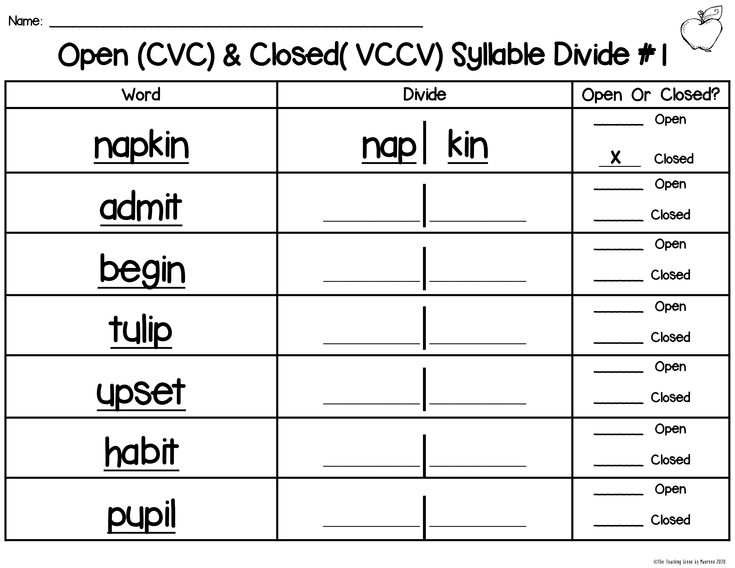Math activities for home
35 Active Math Games and Activities for Kids Who Love To Move
Tired of hearing groans when you announce it’s time for math? These active math games and activities will spice up your learning game. They get kids up and moving, using their whole bodies to learn facts and skills. Lots of these ideas can be adapted to suit a variety of math concepts, so choose a few to try out with your own math students.
1. Throw snowballs inside or out
Clip flash cards to plastic tubs, then challenge kids to throw the correct number of large white pom-poms (“snowballs”) in from a distance. If there’s snow on the ground, bundle up and take this one outside to use real snowballs!
Learn more: Frugal Fun 4 Boys and Girls
2. Stack sticks to practice tally marks
Small sticks are perfect for practicing tally marks. Kids will have fun checking the ground under trees for twigs, then breaking them into pieces and creating tally piles.
Learn more: @amysam623
3.
It’s so easy to make your own magnet fishing pole. Float some numbered foam fish with paper clips attached, then try to catch the numbers in the right order! (Don’t want to get wet? Just lay the fish on the ground instead.)
ADVERTISEMENT
Learn more: Buggy and Buddy/Fishing Math
4. Draw and measure shapes on the sidewalk
First, give kids some sidewalk chalk and let them draw a variety of shapes, as big or small as they like. Then, arm them with measuring tapes and have them practice taking measurements.
Learn more: @playexploregrow
5. Stomp and smash on a number line
Grab some paper bags and number them, then shake them out and lay them in a number line. Now, call out an addition or subtraction problem, like 3 + 2. Have a student stomp on the bag labeled three, then on the next two to arrive at an answer of five. (Feeling brave? Try this one with balloons!)
Learn more: Schooltime Snippets
6.
 Grow fact-family flowers
Grow fact-family flowersPick up colorful fall leaves and write math facts on them. Gather them around a numbered rock to make pretty flowers.
Learn more: @discoverwildlearning
7. Toss beanbags to learn place value
Label bins with place values like ones, tens, and hundreds. Kids toss beanbags into the bins, then count them and see what number they’ve created.
Learn more: Saddle Up for Second Grade/Place Value Toss
8. Form paper-plate number bonds
Pass out numbered paper plates, then have students mix and mingle to see how many number bonds they can form.
Learn more: The Schroeder Page
9. Create a life-size number line
Number lines are wonderful for all sorts of math games and activities. Make one big enough for kids to stand and jump around on using sidewalk chalk (or painter’s tape indoors). You’ll use it over and over again.
Learn more: Childhood Beckons
10. Hit the target and graph
You can teach graphing in lots of ways, so why not make it active? Students throw balls onto a target, graphing and analyzing their throws as they go.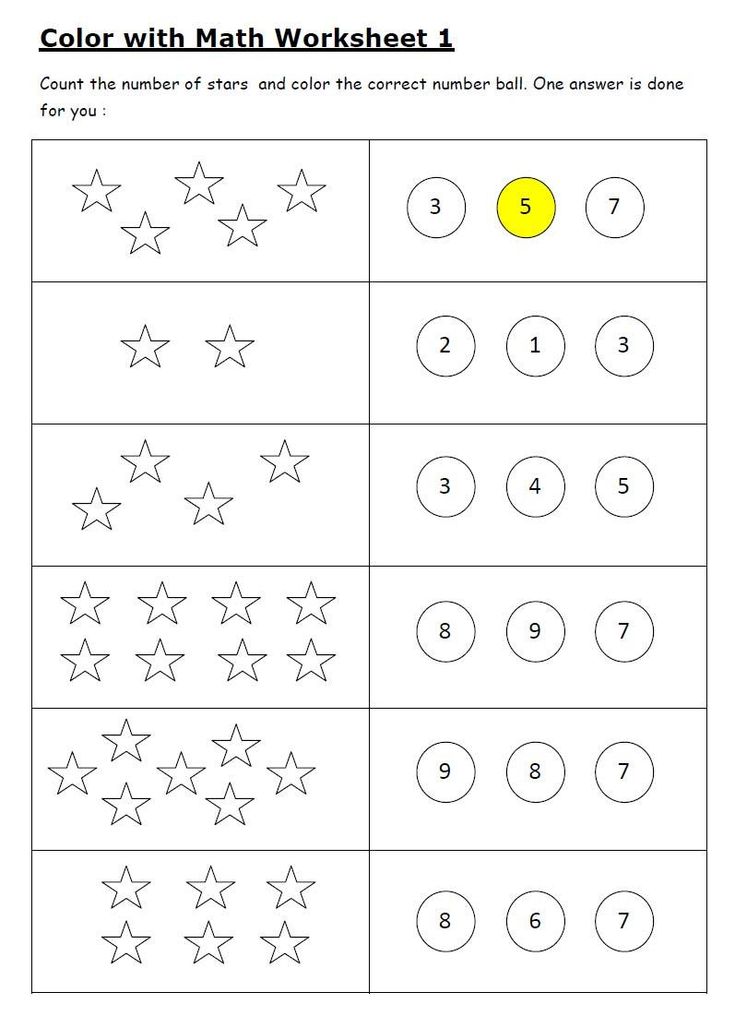
Learn more: Amy Lemons
11. Head out on a plot graph scavenger hunt
Create a map of your school, playground, or other area using graph paper (or even better, have kids help you do it). Then choose plot points for them to visit to find notes or small prizes. They’ll feel like real treasure hunters!
Learn more: Edventures With Kids
12. Roll the dice to count and move
Get practice with low-number counting and addition using action dice. Write activities like “jump,” “clap,” or “stomp” on a small wooden block, then roll it along with a pair of dice. Kids add them up (or subtract if you prefer) and complete the activity the number of times shown.
Learn more: Buggy and Buddy/Math Dice
13. Whack a ball to subtract
You know your elementary math students are going to love this! Build your own whack-a-mole 10-frame with a shoebox and Ping-Pong balls. Then, have kids whack the balls to practice their subtraction facts.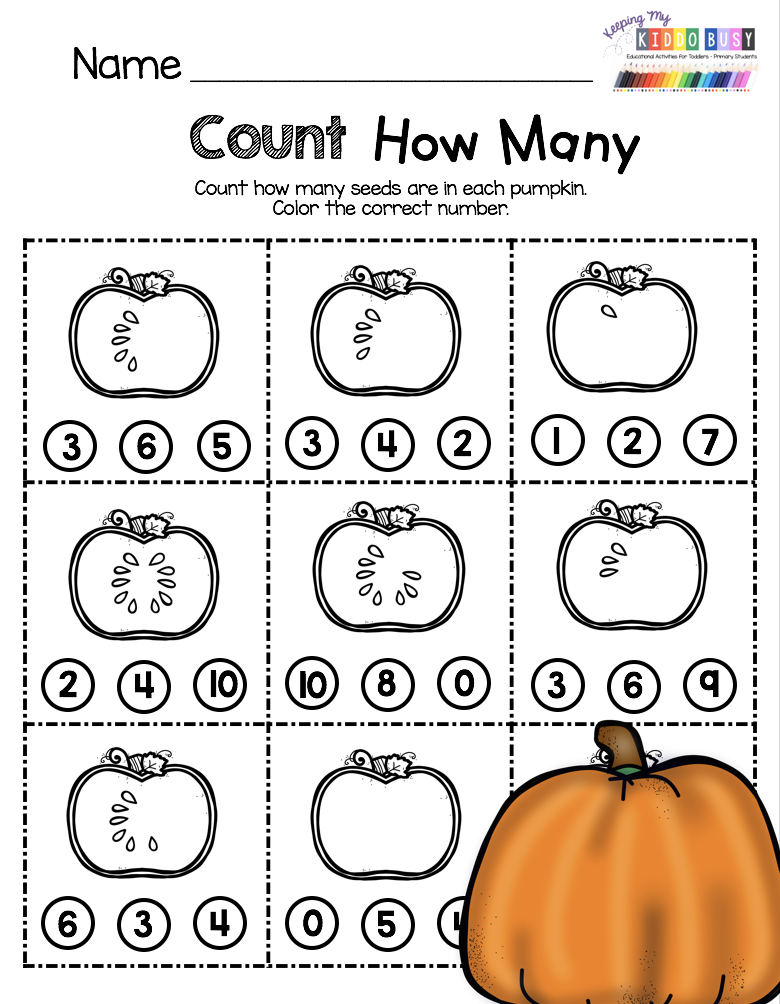 So fun!
So fun!
Learn more: Planning Playtime
14. Make a splash with water balloons
You’re going to need to be willing to get a little wet for this one, but kids simply adore math games (or any games!) with water balloons. Fill and label balloons numbered 1 through 20 (or whatever numbers you’re working on). Draw the numbers in a big circle on the playground. Then, have a student choose a balloon, find the matching number, and head off to make a splash!
Learn more: Little Bins for Little Hands
15. Tell time on a giant clock
Draw a giant clock face with hours and minutes on the playground with sidewalk chalk. Choose two students to be the hour and minute hands, then call out a time and send them out to become the clock. Add more complicated elements by having them add to or subtract from the initial time too. (“Now it’s 23 minutes later!”)
Learn more: Creative Family Fun/Sidewalk Chalk Clock
16. Measure your frog jumps
Have your students hop like frogs, leap like gazelles, or jump like kangaroos.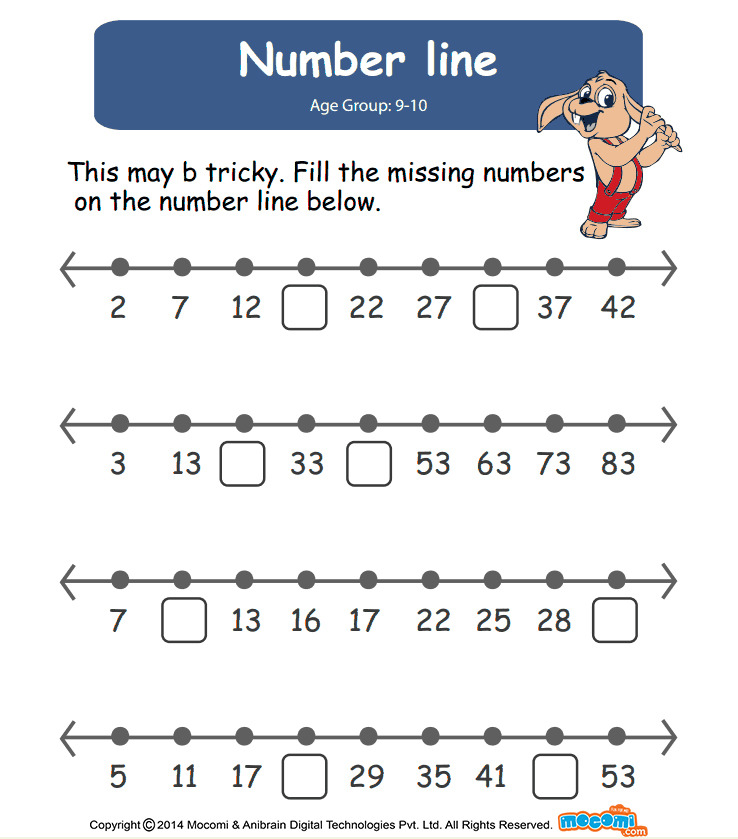 Then, pull out the ruler or measuring tape so they can measure the distances they’ve covered.
Then, pull out the ruler or measuring tape so they can measure the distances they’ve covered.
Learn more: Coffee Cups and Crayons
17. Jump to math facts practice
Lay out a grid like the one shown that has the answers to whatever set of math flash cards you’re currently working with. (This teacher used masking tape; you could also do sidewalk chalk on the playground.) Two players face off, one on each side of the board. Show the flash card, and kids race to be the first to jump to the correct square with both feet inside the lines. Get all the rules at the link below.
Learn more: Teaching and Tapas
18. Run a flash-card race
Tape a series of flash cards to the floor and challenge kids to see who can correctly make their way from start to finish the fastest. They can call out the answers or write them down, but they have to get it right before they move on. Kids can race side by side or work independently to beat their own best time.
Learn more: There’s Just One Mommy
19.
 Catch a math beach ball
Catch a math beach ballBeach balls are so much fun in the classroom. Scribble numbers all over one with a Sharpie, then toss it to a student. Wherever their thumbs land, they add (or subtract or multiply) those two numbers together before tossing the ball to the next student.
Learn more: Saddle Up for Second Grade/Beach Ball Math
20. Do a number dance
Kids who love “Dance Dance Revolution” will get into this one. Make a number mat for each student like the ones shown. Flash an equation with an answer between 10 and 99 on the screen. Kids figure out the answer and jump to put their left foot on the correct tens place, right foot on the ones. They’ll be dancing and spinning as they learn!
Learn more: Number Loving
21. Groove with angles
Teach kids about transversals and the angles they create with some fun dance moves! Get the details for “Dance Dance Transversal” at the link below.
Learn more: Communicating Mathematically
22.
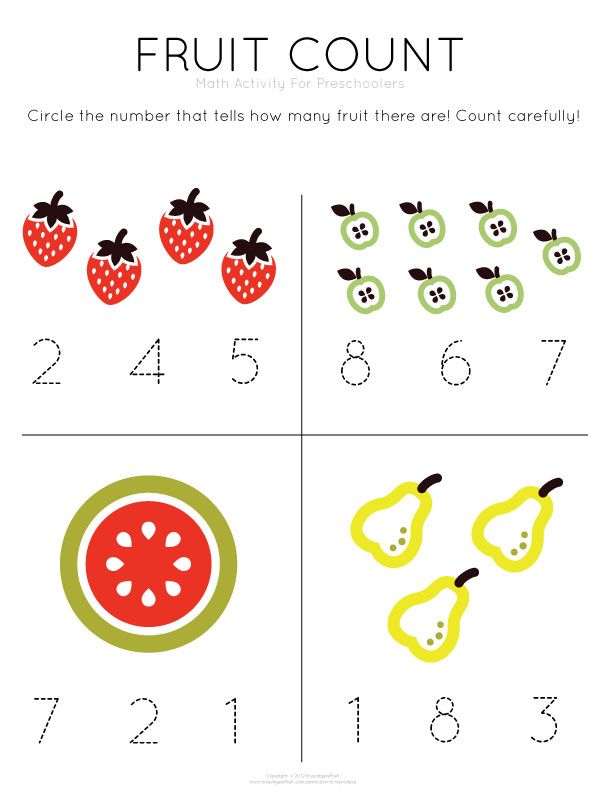 Add and subtract by stacking cups
Add and subtract by stacking cupsWe’re not sure why, but kids simply love stacking cups. Label yours with math problems and answers, then have kids build pyramids and towers galore!
Learn more: The Kindergarten Smorgasboard
23. Measure the height of a tree (no ladder needed)
Kids will be amazed to learn they can measure the tallest tree while keeping their feet on the ground. The link below walks you through the steps with a free printable.
Learn more: From ABCs to ACTs
24. Count and learn on a nature walk
Take an outdoor stroll and practice basic math along the way. This works indoors too—walk the school hallways (quietly) and count doors, windows, posters, and more.
Learn more: Creative Family Fun/Math Walk
25. Hunt for shapes in the world around you
Looking for super-simple and fun active math games? Give students a sheet with shapes to find as you walk around the school or playground. Each time they find the shape, have them trace it on their worksheet and then make a mark to keep track of how many times they’ve seen it.
Each time they find the shape, have them trace it on their worksheet and then make a mark to keep track of how many times they’ve seen it.
Learn more: Hands-On Teaching Ideas
26. Steal the balls with addition robbery
Kids compete to see whose basket of balls will add up to the highest amount. The trick? They don’t know at the beginning which balls are worth the most. Learn how to play at the link below.
Learn more: That After School Life
27. Puddle-jump from number to number
Lay out a series of construction paper puddles labeled with numbers. You can call out numbers and have kids jump to the correct one, or have them jump from one to the next in order forward or backward, or even try some skip counting.
Learn more: NurtureStore
28. Paint and hide number rocks
Painted rocks are always a big hit! Have your class help you make these, then hide them around the playground and send kids off to find and answer equations.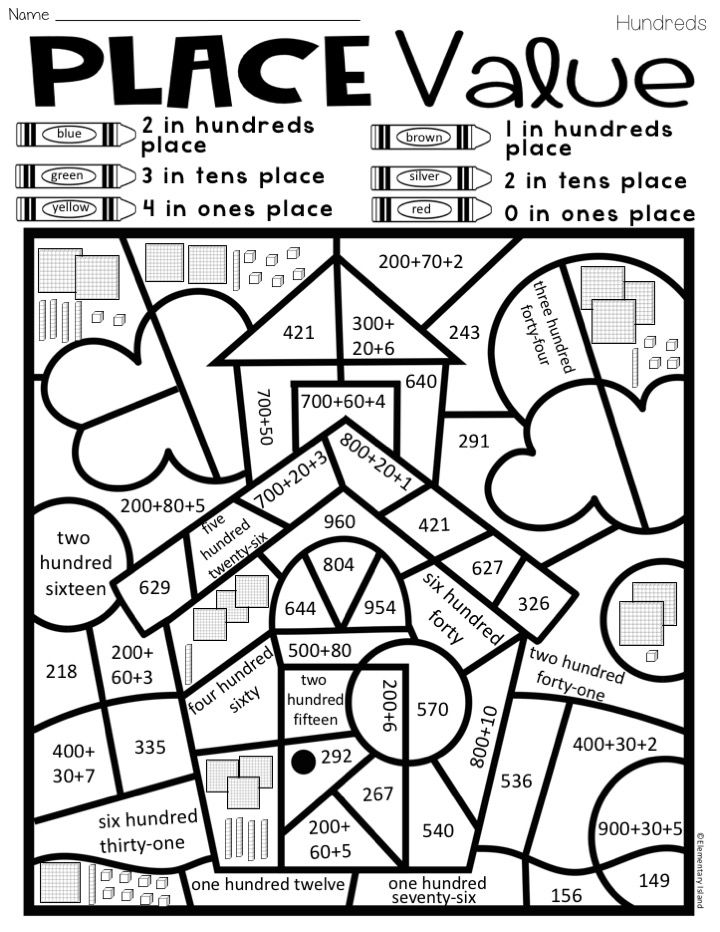
Learn more: The OT Toolbox
29. Skip-count along a hopscotch board
A hopscotch board can be used for a lot of fun and active math games. Try it for skip counting: Kids hop along counting by 2s, 5s, 10s, or whatever you’re currently working on. Learn more at the link below.
Learn more: Math Geek Mama/Skip-Counting Hopscotch
30. Aim and throw to practice math skills
Pick up a set of Sticky Darts and draw two dartboards side by side. You can label the rings with any numbers you like. Kids throw the darts and then add, subtract, multiply, or divide the numbers—your choice!
Learn more: Inspiration Labs
31. Design an outdoor board game
Draw a winding path and fill the spaces with math equations. Kids roll the dice and move from space to space (have them jump, skip, or twirl to mix things up). If they get the answer right, they move to the new space. If not, their turn is over. Customizable math games like this can be used at any level.
Learn more: Look! We’re Learning!
32. Turn UNO into an active math game
Grab your UNO deck and get ready to move! Assign each color a movement (hop, touch toes, etc.). As kids draw the cards, everyone completes the movement the correct number of times. Skip and Reverse work as usual, but anyone who gets Draw Two has to draw two more cards and complete the actions on their own while others cheer them on. See more at the link below.
Learn more: Still Playing School
33. Bowl them over while learning math facts
Active math games using recycled materials are economical and good for the environment. Set up empty plastic bottles labeled 1 through 10, then roll the ball to see how many you can knock down. Add up the numbers of the knocked-over bottles to get your score.
Learn more: Learn With Play at Home
34. Compete to win at putt-putt math
Pick up a few dollar-store supplies and make your own putt-putt course. This can be a simple game where kids simply shoot for the highest (or lowest) number. But you can also drive up the complexity by putting equations on the cups that kids have to solve first to determine which is the best cup to aim for.
But you can also drive up the complexity by putting equations on the cups that kids have to solve first to determine which is the best cup to aim for.
Learn more: My Catch a Star Classroom!
35. Give a classic game a math twist
Create active math games that give new life to existing resources. For example, add numbers to Twister! For more advanced players, instead of saying “Right hand 5,” try saying “Right hand 14 – 9” to make them think.
Learn more: Math Geek Mama/Twister Math
If you like these active math games and are looking for more ways to move in the classroom, try these 21 Kinesthetic Reading Activities for your most active learners.
Plus, sign up for our free newsletters to get all the best teaching tips and ideas!
Fun Hands-On At Home Math Activities and Games
Save this idea for later so you don't forget to use it!
23 shares
Math isn’t the most fun subject to do at home, but there are also a lot of fun ways to make math more interesting! Try these at home math activities and keep learning fun while you are stuck at home!
Some of you may not know, but I used to homeschool my oldest daughter.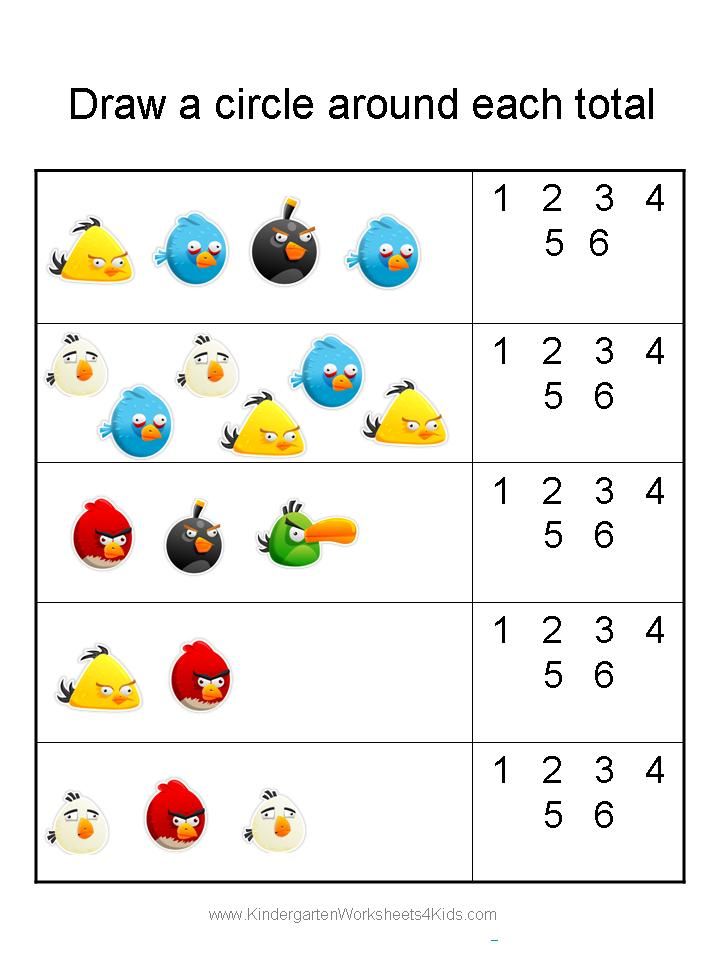 We taught her at home from preschool through fourth grade, and ultimately decided to enroll her in school for fifth grade and beyond.
We taught her at home from preschool through fourth grade, and ultimately decided to enroll her in school for fifth grade and beyond.
Our original goals in homeschooling were to help her learn through interest-based learning, so we could do things that she wouldn’t be able to do in school (like coding for kids and a lot more hands-on science at home).
She also has ADHD, and we felt that she would learn best if she was in a less distracting environment.
During our time homeschooling, we found that hands-on math activities for kids is almost as much fun as hands-on science if it’s done right!
So today, I thought I would share with you some fun at home math activities that you can use at home when the kiddos are cooped up inside.
What is Hands-On Math?
Hands-on math is simply math activities that kids can do at home that use real-world materials.
So, instead of paper and pencil, kids are working with 3D shapes, physical objects, or other hands-on math tools to learn.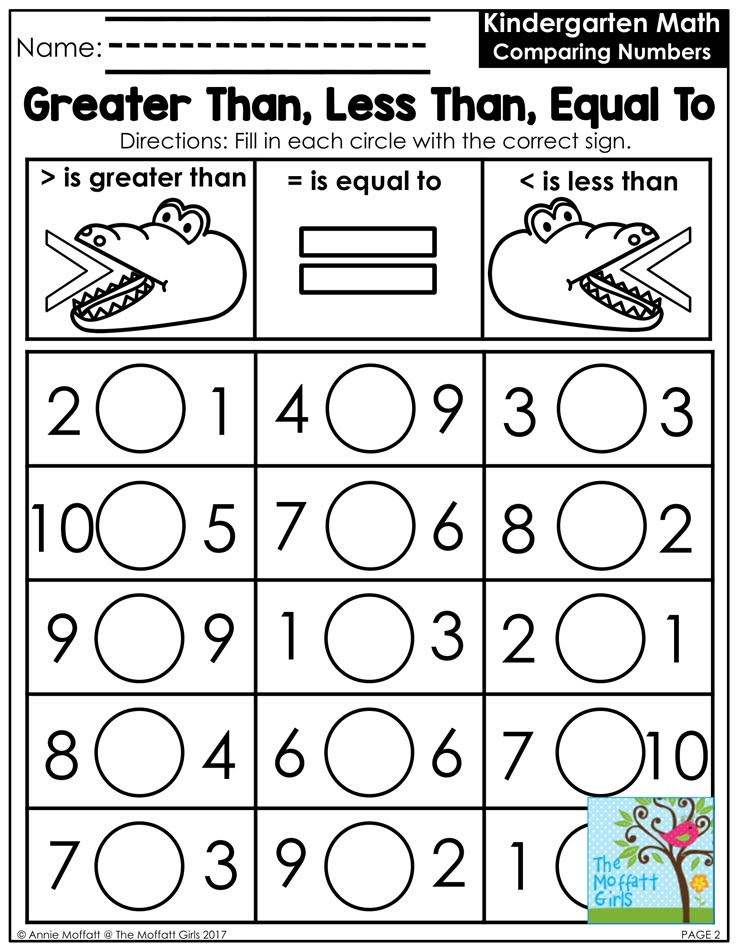
These math activities are meant to be fun, so if you find that you’re having to force your kids to do these activities, it may be best to stop the math activity for a while and try again in a day or two, or try a different math activity!
These math activities at home are meant to support whatever your kids are learning in school, so use the resources sent home from your child’s teacher as a guide for what topics to choose.
I’ve separated the activities by grade level below, but your child’s teacher may have different learning targets that you’ll find in another grade section.
Supplies for Math at Home
If you’re stuck doing math at home, try these fun math activities to make things a little more fun!
Shifu Plugo Count – Math Game with Stories & Puzzles – Ages 5-10 – STEM Toy | Augmented Reality Based Cool Math Games for Boys & Girls (App Based)STEM Starters for Kids Math Activity Book: Packed with Activities and Math FactsAmazing Visual MathIntooba Math/STEM Construction KitMonkey Balance Cool Math Game STEM Montessori Preschool Learning Counting Toys for 3 4 5 Year olds First Grade Children Kids Kindergarten Board Game (Upgraded,Common Package Box )CLOUD HOPPER Addition Subtraction STEM game – Alien chase adventure – Fun learning toy for ages 6 and up – Aligned to Singapore math – With 10 faced math dicemiYou STEM Math Toy Educational Balance Game and Counting Frog Set for School Kids Years 3 4 5 6 7ThinkFun Math Dice Junior Game for Boys and Girls Age 6 and Up – Teachers Favorite and Toy of the Year NomineePlay Brainy Fun, Kid-Friendly and Math Educational- Easy Number Game-Toddler Puzzle- 3D Baby Animal Hedgehog Puzzle- STEM Learning Toy- Ideal for Baby, Toddler, and Kids.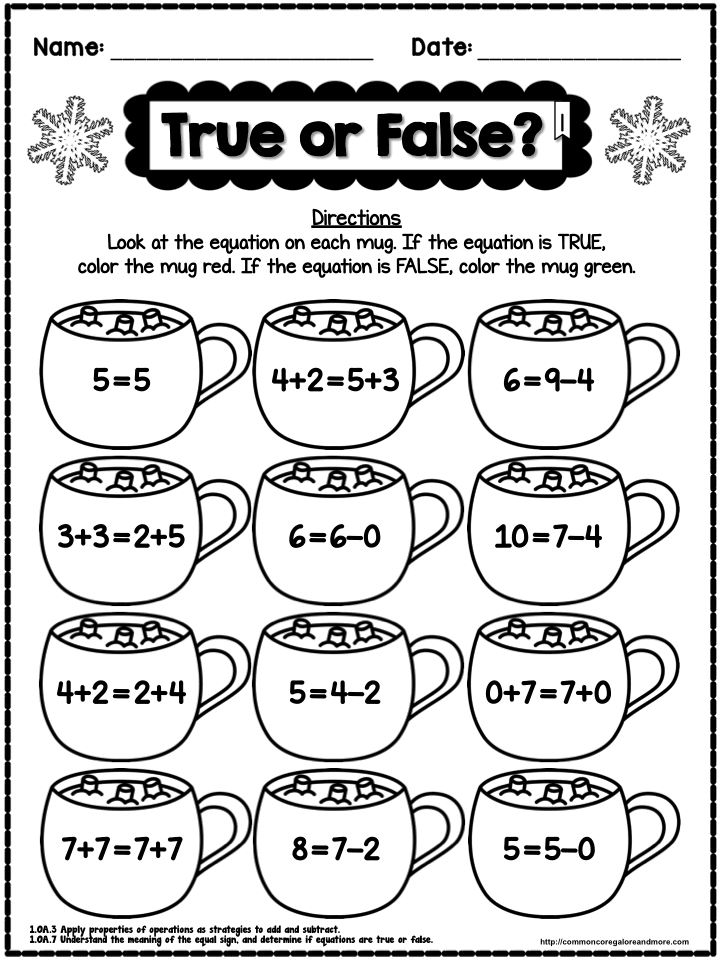 , Multicolored
, Multicolored
The Ultimate List of At Home Math Activities for Kids
If your kids are learning math at home, try these fun hands-on math activities! I’ve divided the activities by grade level so that your kids can have a blast with hands-on math for their age-appropriate group.
I’ve tried to avoid worksheets as much as possible because there are tons of other math worksheet collections out there. I find that my kids really like true hands-on math, which doesn’t involve worksheets at all.
And if you want something screen-based, check out these math apps for kids.
If you want a fun DIY math summer camp, we’ve got that too!
Math Activities for Preschoolers
Preschoolers will have a blast with these math activities at home.
Make your own clay number manupulatives.
Make a pattern block heart challenge.
Number hunt sensory bin
Duplo number matching
Fine motor number tray
Kindergarten Math Activities
Kindergarten kids will have a blast with these math projects at home.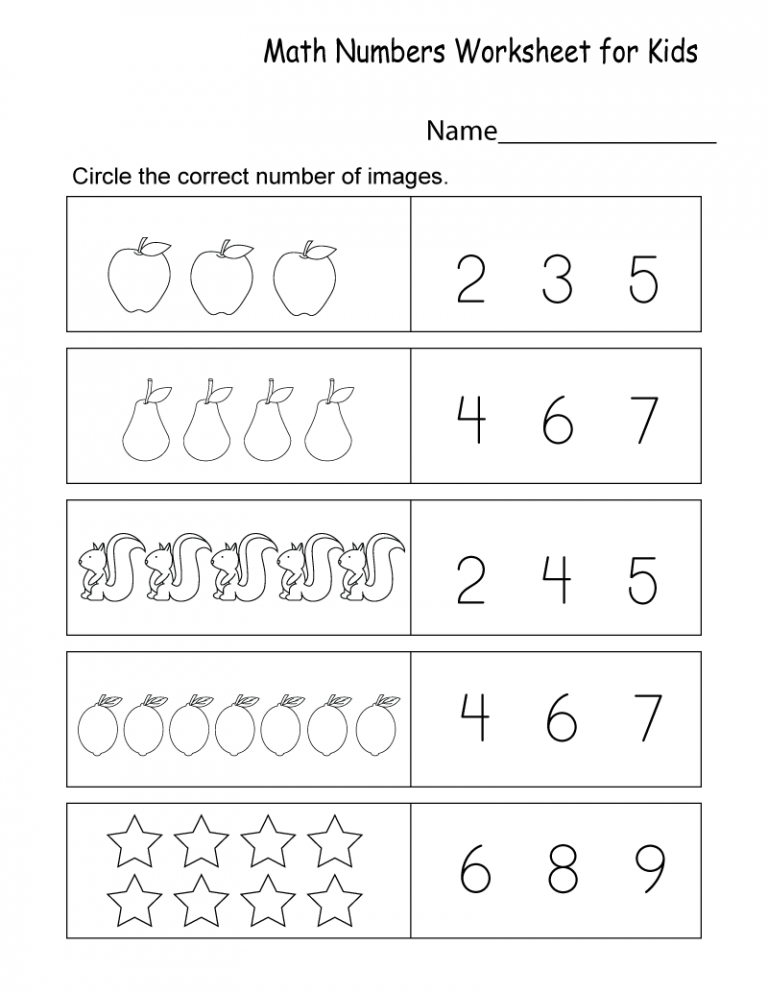
Apple Number Match Clip Cards
Bug bingo cards
Domino number matching
Play dough math smash
Craft stick geometric shapes
1st Grade Math Activities
Try these first grade math activities at home!
Strawberry addition and subtraction clip cards
Counting bear word problems
3D geometric shapes
Addition clouds
Skip counting with socks
2nd Grade Math Activities
Second graders will love these math activities at home.
Make your own play store
Uno math game
Make 10 card game
Place value beanbag toss
Skip counting hopscotch
3rd Grade Math Projects at Home
Third grade is a fun time for math. Try these fun math activities for third grade!
Lemonade fraction clip cards
Fraction art project
Dice multiplication game
Jenga division
Lego fraction game
4th Grade Math Activities
4th graders will love doing these hands-on math activities.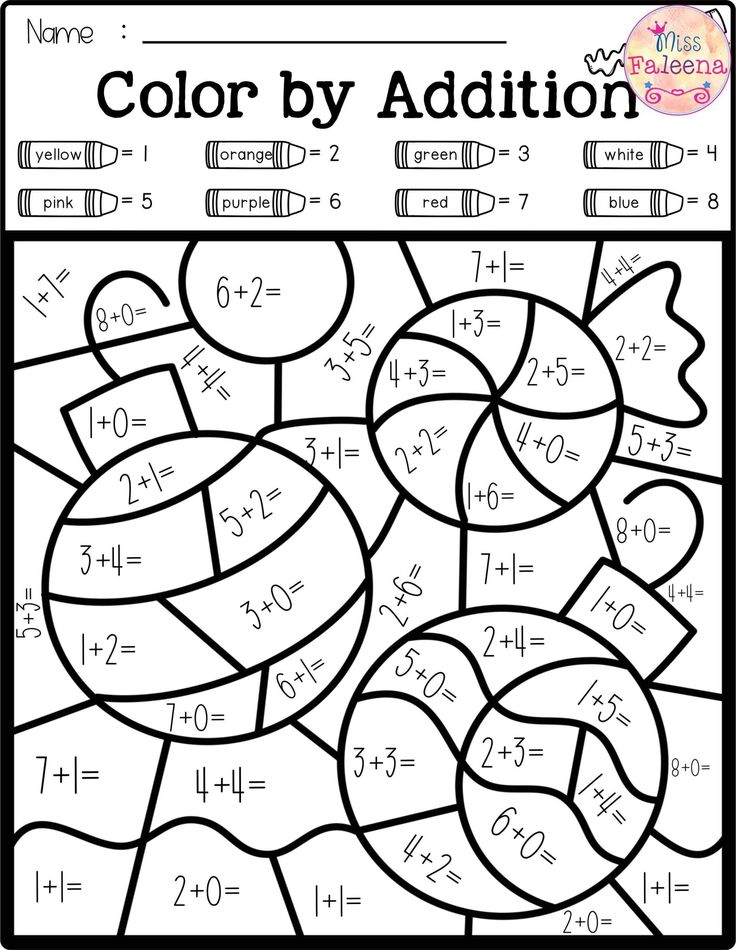 4th Grade Math Activities are more fun than you might think!
4th Grade Math Activities are more fun than you might think!
Peeps multiplication and division (you can use any candy)
Make a mobius strip
Cute math games for 4th grade
LEGO area and perimeter
STEM Math Activities for 5th Grade
5th graders will have a fun time doing these hands-on math activities.
Area and perimeter house building challenge
Oreo fractions
Multiple digit multiplication game
Equivalent fraction game
Decimal place value card game
Fun Math Activities for Middle School
Middle schoolers love math games, too! Try these fun math activities for middle school at home.
Dice probability challenge
Probability knock out game
Distributive property game
Equivalent ratios matching game
More middle school math games
Save this idea for later so you don't forget to use it!
23 shares
entertaining tasks and examples in pictures with answers and solutions
Entertaining mathematics
1st grade
Why do kids love LogicLike tasks more than tasks from math textbooks? The professor and his team will teach each child to click both typical and non-standard math problems.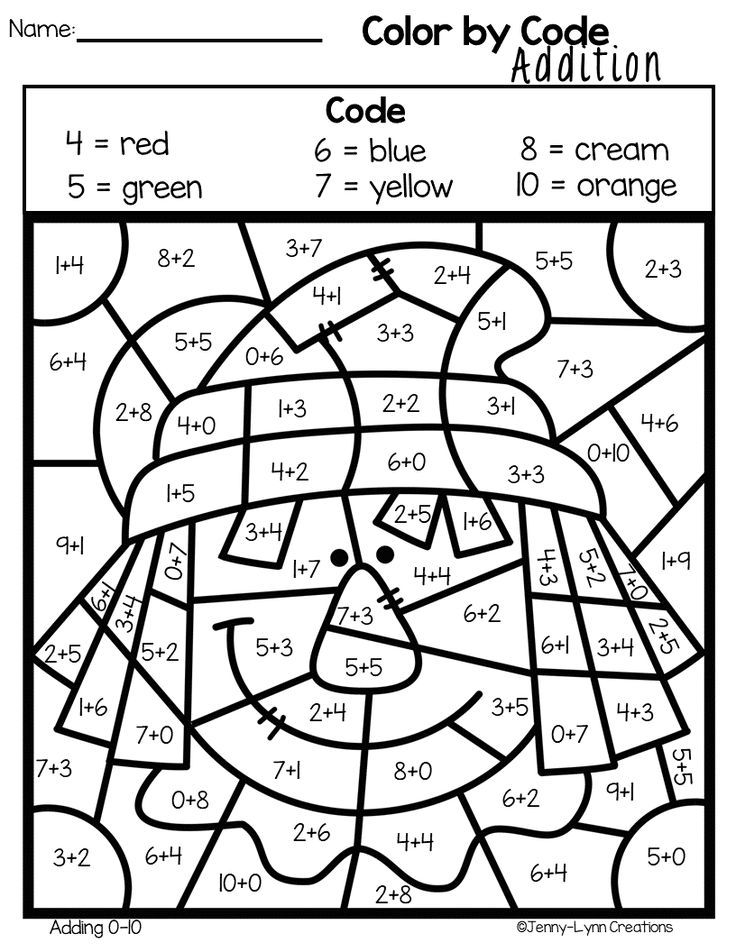
Select the child's age
to get started!
Preschooler
First grader
LogicLike.com children learn to reason, develop logic, ability to mathematics and cognitive interest.
Recommended thematic courses
online for grade 1
Logic course and thinking To begin
Preparing for Olympics To begin
Why do children and parents choose LogicLike?
What kind of mathematics do children in the 1st grade need?
The following story often happens: when preparing for the 1st grade the child liked to solve entertaining tasks, puzzles, examples and tasks.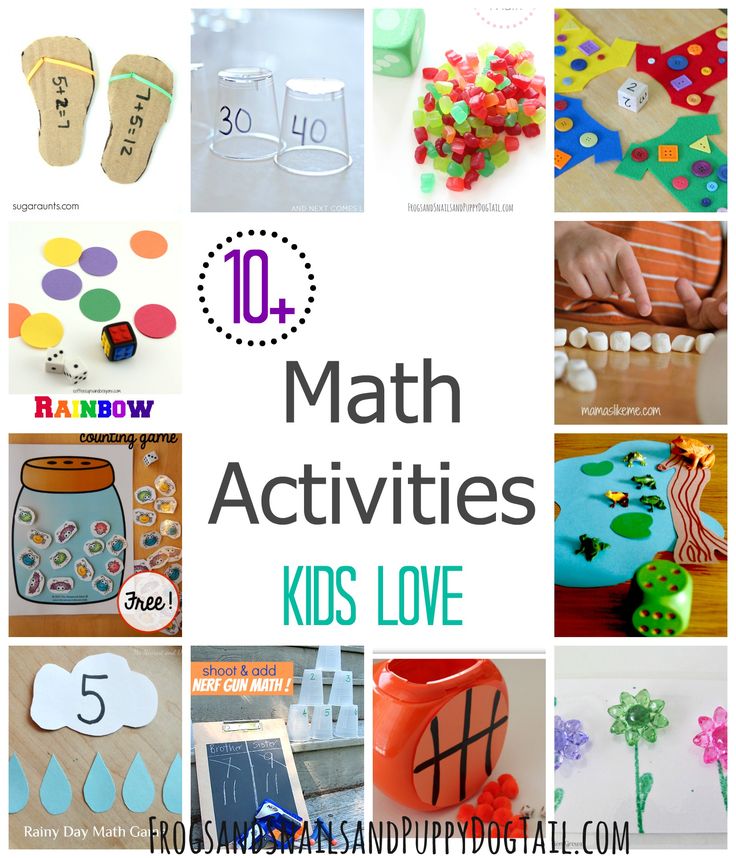 Passes the first a quarter and a capable child begins to get bored of the monotonous or too simple for him assignments.
Passes the first a quarter and a capable child begins to get bored of the monotonous or too simple for him assignments.
If you were looking for a mental counting simulator or want to check how much your child has learned school curriculum, you will love the collection of math tests for grade 1 from LogicLike.
The LogicLike team knows how to captivate a first grader mathematics and charge with the desire to learn how to solve any problems. We have more 3500 entertaining tasks, awards, achievements, student rating, personalized certificates.
Try the full fun math course and logics from LogicLike
- Flexible mind and confidence! When children decide tasks and puzzles on LogicLike, they train the "wiggles" and develop ingenuity.
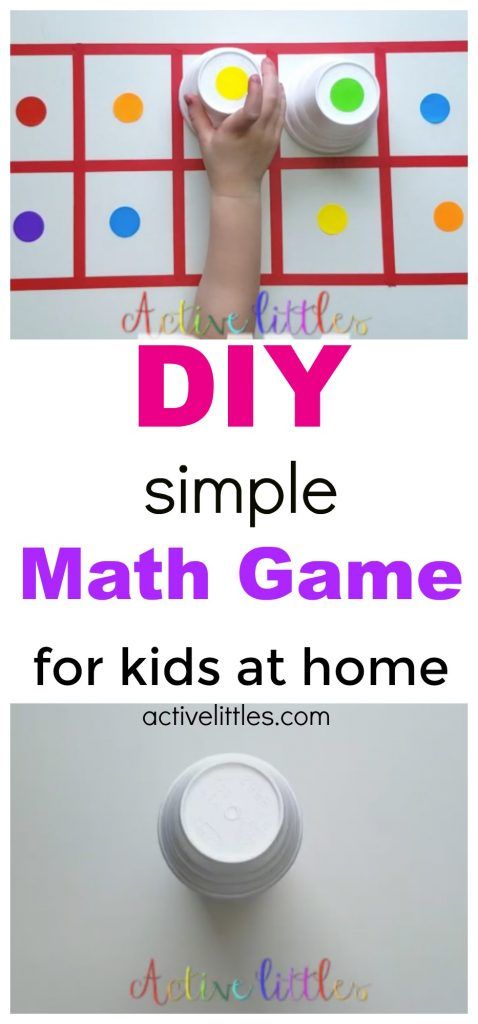
- Foundation for IT! Algorithms, patterns, logic - we have all this. We teach to work with information, train memory and thinking - we form the potential for success in IT professions.
- We increase progress! Regular classes of 20-30 minutes develop logical and mathematical capabilities. As a result - high grades at school, prizes at olympiads and competitions, interest in learning increases.
Start the course!
Entertaining mathematics for first graders online
Mathematics classes on LogicLike begin with entertaining logical problems, unusual examples, puzzles and other tasks in pictures that you want to solve.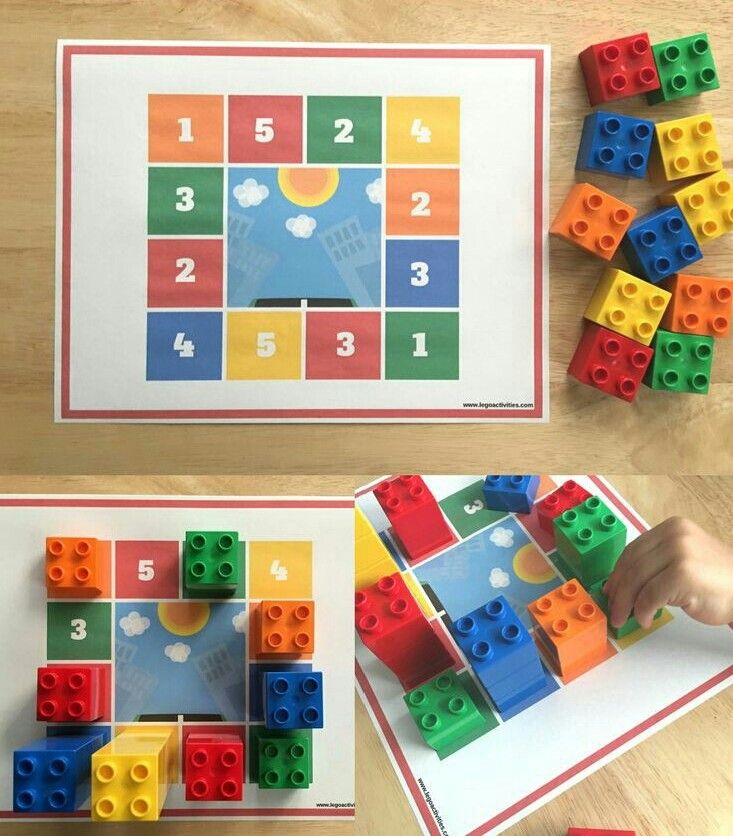 In the course we alternate mathematical and logical problems, patterns, figures in space and other types assignments.
In the course we alternate mathematical and logical problems, patterns, figures in space and other types assignments.
Popular categories of assignments for grade 1
Selections from the training course LogicLike
- Simple addition and subtraction
- Enlargement, reduction by several units
- Composite tasks
- Text logic and math
- Examples for addition and subtraction for class 1
- Math puzzles for 1st class
Addition and Subtraction Problems
Simple task to find sums
To decide click Start!
Three girls took 1 balloon in each hand.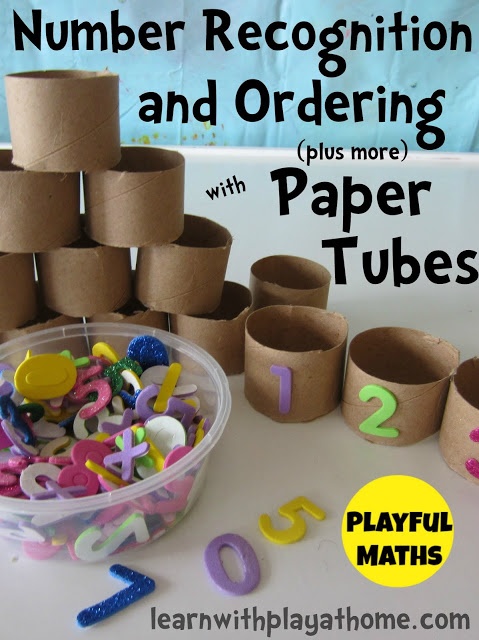
How many balls do they have?
Watch answer
Answer:
6.
Mindfulness task
To decide click Start!
There are two sweets, one cake and three pears on the plate.
How many fruits are on the plate?
Watch answer
Answer:
3.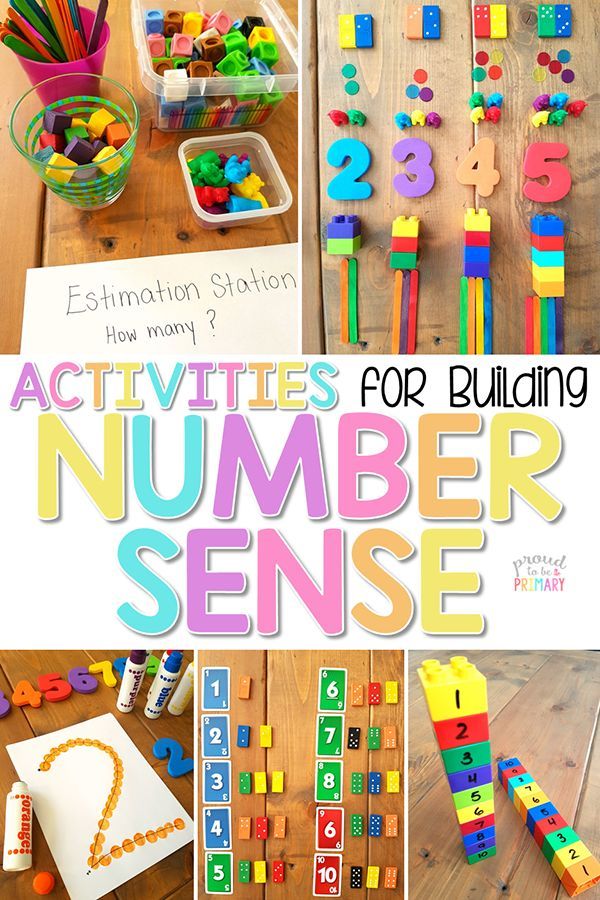
Subtraction problem
To decide click Start!
There were 7 liters of water in a 12-liter barrel, and 8 liters in a bucket.
Water from a bucket filled the barrel to the top.
How many liters of water are left in the bucket?
Find out the answer
Answer:
3.
We have everything you were looking for
Text and logical tasks
Tasks mathematics
Examples and tasks
Shapes in space: 2D and 3D
Start classes!
We have built the educational process in an understandable and exciting way for anyone child format, from simple to complex.
Tasks to increase and decrease the number by several units
What will be the result?
To decide click Start!
Find out the answer
Answer:
5 apples.
Age problem
Yura was born 2 years earlier than Vanya.
Yuri is now 5 years old.
How old is Vanya?
Find out the answer
Answer:
3.
Finding the Unknown term and difference
To decide click Start!
An evil virus hid the numbers in the examples.
Put the correct numbers back in their places.
Find out the answer
Answer:
2 + 3=5
3 − 2 = 1
You can see examples of Olympiad tasks for 1 class or start to activities on the site.
Day after day more 100,000 children
go through 10-20 tasks on the LogicLike website. And how much can you?
Solve problems
Downloads: tasks for developing counting skills
For those who do not currently have the opportunity to study online, we have prepared small selections assignments for paperwork. You can download and print tasks for practicing oral skills invoices in pdf format.
To "warm up" the child's interest in mathematics, we recommend starting with 1 sheet a day.
- Entertaining tasks for grade 1 for addition and subtraction within 10.
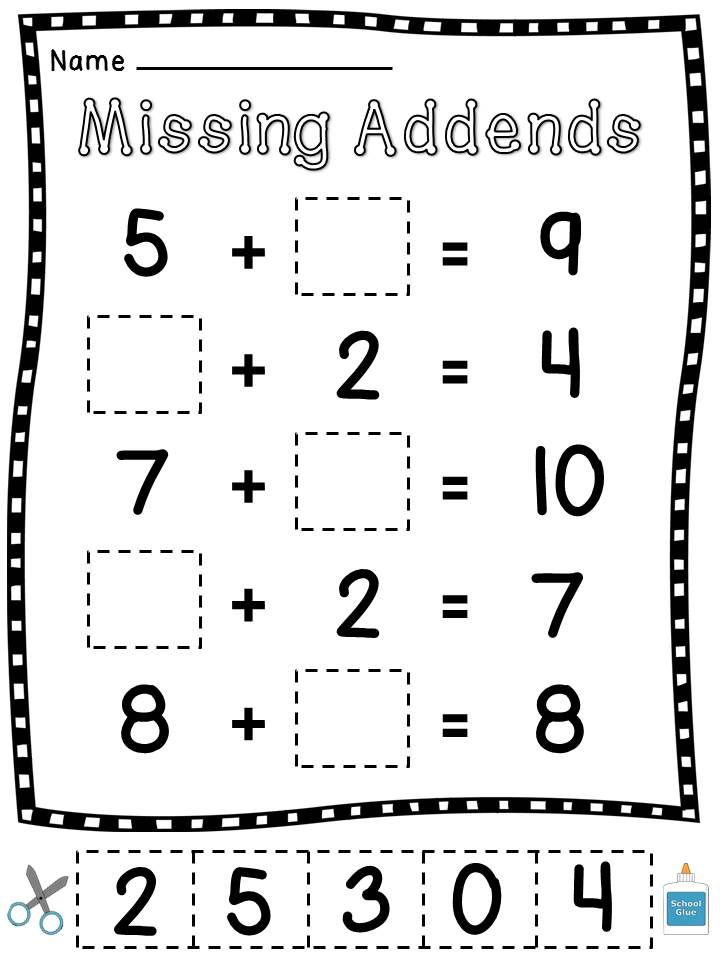
- Entertaining tasks for first graders: addition and subtraction up to 10.
What is the best online course?
We recommend that future and present first graders practice 15-20 minutes a day.
Compound tasks for first graders
Tasks in two or three actions develop memory, logic and mathematical speech.
Composite difference problem comparison
To decide click Start!
Condition: The purple monster ate 4 whole oranges, and the red monster ate 7 halves of the same oranges.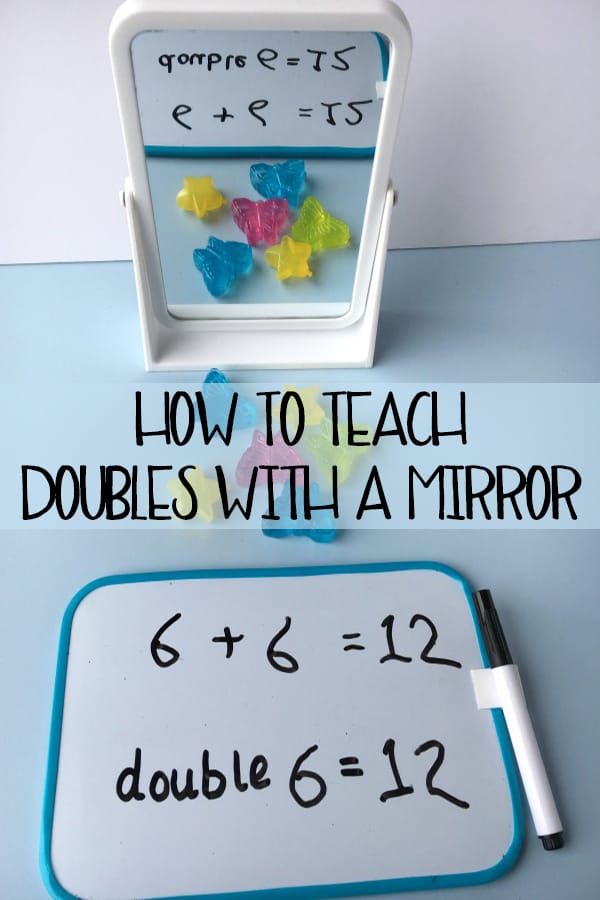
Question: Who ate more oranges?
Show solution
Answer:
Violet.
Solution
1 whole orange = 2 halves.
4 whole oranges = 2 + 2 + 2 + 2 = 8 halves.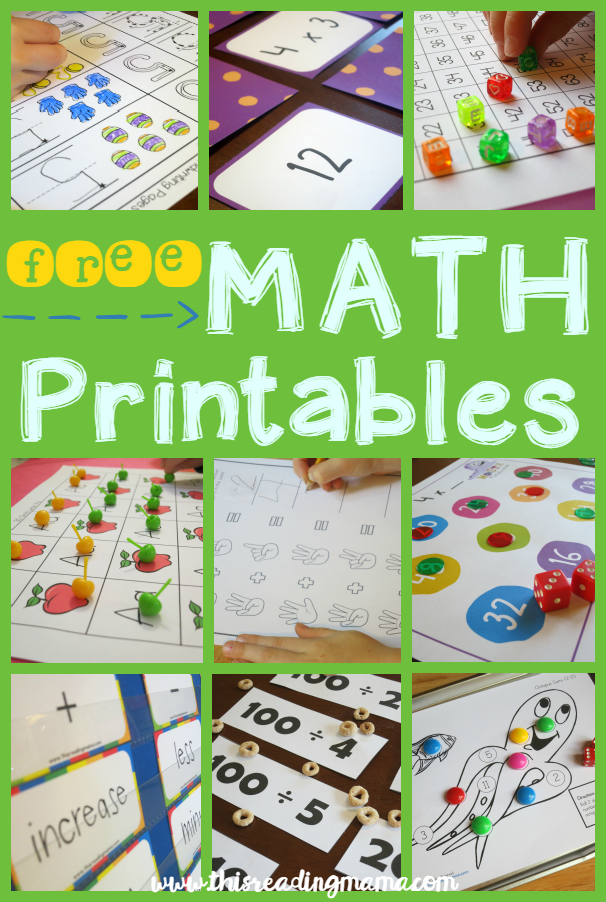
8 > 7 means Purple ate more than Red.
Multi-action task on balancing
To decide click Start!
Condition: A rabbit is 2 kg lighter than a puppy.
Questions: What the scale will be higher if the puppy is placed on the left side of the scale, and the rabbit on right? How after that you need to place the weights on the scales so that they come to equilibrium?
Find out the answer and solution
Solution
1. A rabbit is lighter than a puppy, so the right one is lighter. the bowl with the rabbit will rise up.
A rabbit is lighter than a puppy, so the right one is lighter. the bowl with the rabbit will rise up.
2. In order for the balance to balance, the weight on the bowl rabbit should be 2 kg heavier than the kettlebell that we will add to the puppy.
It turns out that you need to put on a bowl with a puppy weight in 1 kg, and on a bowl with a rabbit - in 3 kg.
Suggested tasks are part of the LogicLike educational platform. Start learning!
Develop logic and mathematical thinking
- Child-friendly theory .
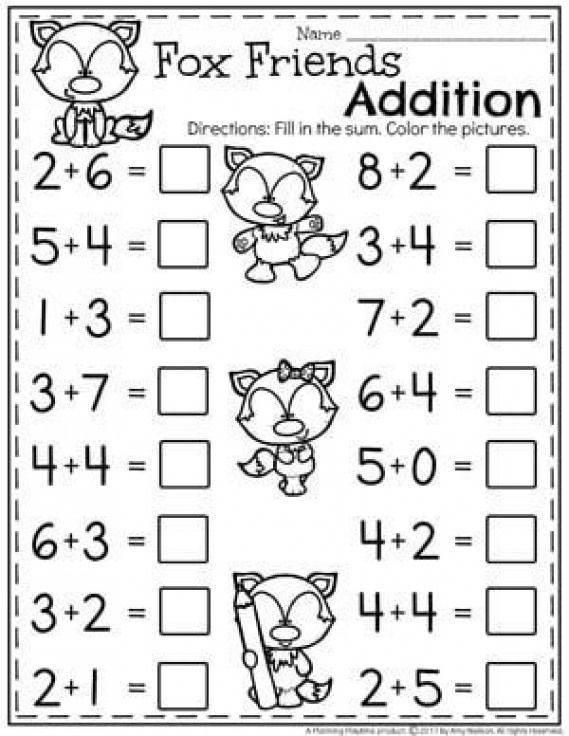 Video tutorials, tips and hints will help the student to independently deal with even very complex tasks.
Video tutorials, tips and hints will help the student to independently deal with even very complex tasks. - Making math fun . game form and step-by-step methodology make the learning process interesting and effective.
- All materials on one site . 17 categories, over 3500 exciting challenges! The LogicLike team creates new ones every week interesting tasks that help children understand and love logic and mathematics.
Text Boolean
Fedya has equal number of sisters and brothers.
Who is more in the family: sons or daughters?
Show answer
Answer:
more sons (Fedya is also a son).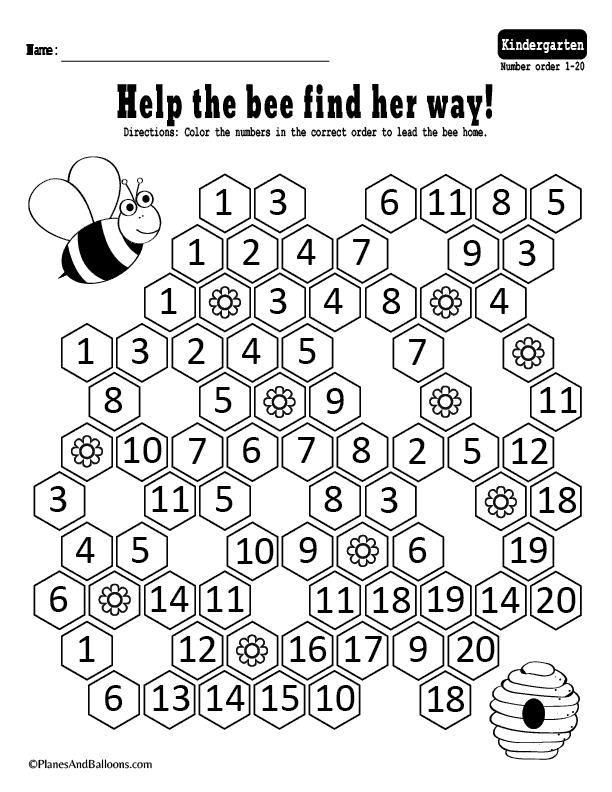
To decide click Start!
Kolya and Nadia have the same items.
Anya has a jump rope.
Distribute items to all children.
Find out the answer
Answer:
Kolya and Nadi - balls. Ira and Anya have jump ropes.
Want more examples of similar tasks? See logic puzzles for 1 class.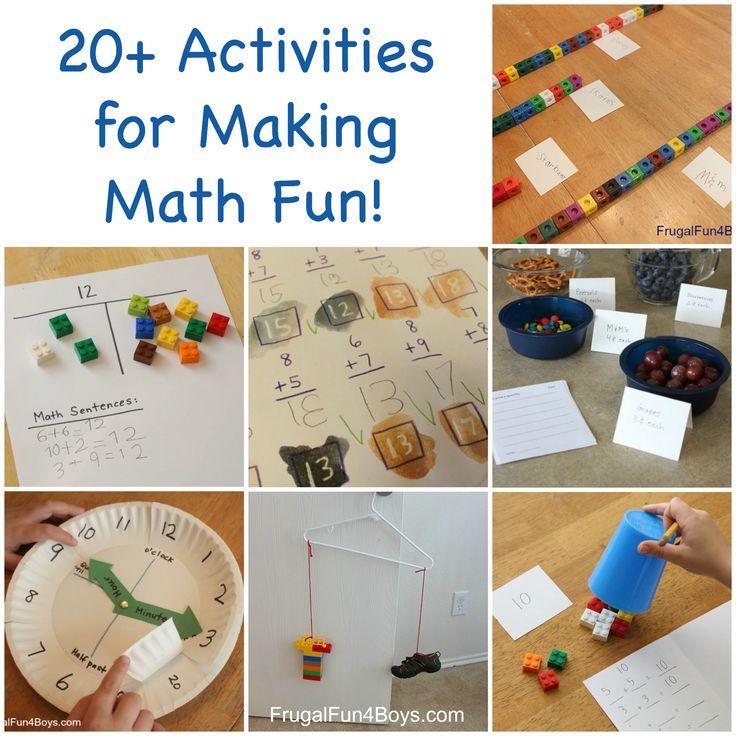
Take the full course from LogicLike!
- 3 steps to start the path to the heights of logic 😎:
- 1. Solve 5 problems
- 2. Save account
- 3. Show the platform to the child and solve together 10-15 tasks.
Math tasks for logic
Task with figures on verbal-logical thinking
To decide click Start!
Condition: The professor thought of a figure and gave two clues:
- it is not square and not blue;
- it is round or triangular.
Question: What did the Professor guess?
Find out the answer
Answer:
orange triangle.
Take hint
Prompt
Solving similar mathematical puzzles promotes the development of verbal-logical thinking , trains possession skills basic methods of thinking: highlighting essential and insignificant features of objects, generalization, comparison, derivation of the investigation and others.
Continue the pattern
To decide click Start!
Find a pattern and continue the series with numbers.
Find out the answer
Answer:
20.
Comment:
The difference between each successive number and the previous one increases by 1 (+1, +2, +3…).
You can see other rules for 1st grade or start training.
Did you like the material? Share with friends!
Connect to LogicLike!
More than 150,000 children from all over the world have already do math and logic at LogicLike.com.
Start learning! Start learning
We will teach a child
Reasoning and making decisions
Solve any logic problem
Think flexible and non-standard
Other collections of tasks by age
Tasks for preschoolers
Tasks for grade 2
Tasks for grade 3
Tasks for grade 4
You are here: LogicLike Math and Logic Online Simulator in mathematics for grade 1
Math tutor for children from grades 1 to 4 at the online school Uchi.
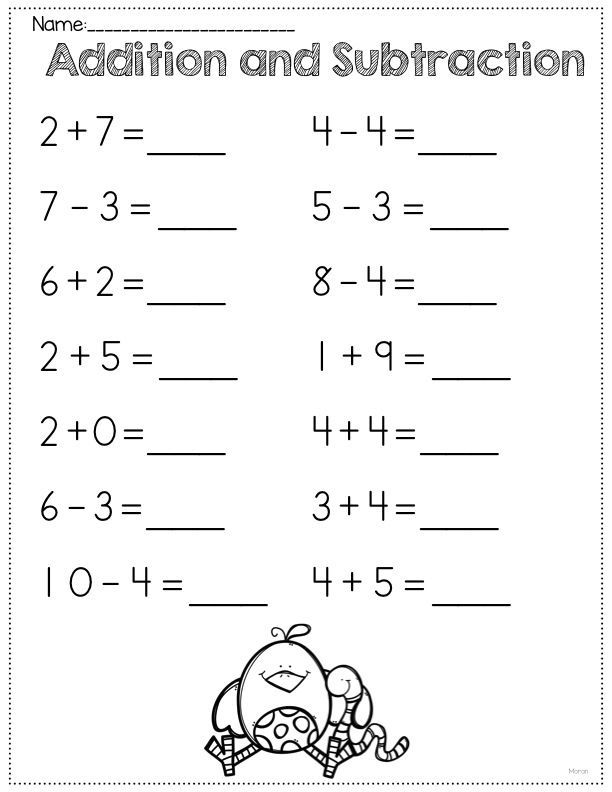 Doma. The first lesson is free
Doma. The first lesson is free What awaits you
-
Classes in the game format
The basis of each lesson is the active quest with fabulous characters
-
Location
We fix the theory on examples
and tasks from the school program -
Individual approach
Employment program student's level of knowledge and learning objectives
-
Lessons of 30 minutes
The optimal duration is
so that the child does not get tired or bored
who are useful for our lessons
-
to those who need to pull up school grades
We will help the student with home tasks, while parents at work
-
are the topics to fill in knowledge gaps
explain the material that the child is a child who is a child missed or misunderstood at school
-
For those who care not only to understand, but also to love the subject
We will tell you in an accessible way how mathematics is useful in real life
-
Those who want to study mathematics in depth
We will help to develop natural abilities, prepare for Olympiads and competitions
What will the child learn
-
Learning to work in tables, schemes and diagrams of
- 9000 9000 text problems of various types, including logical ones
-
Learn how to use the multiplication table
-
Master arithmetic and understand the basics of geometry
-
will be able to apply new knowledge in everyday life
How training
-
We conduct an introductory lesson
We determine the level of knowledge and the purpose of learning, draw up the schedule
-
Pay the lesson of the lessons
number of lessons — 8, 16, 32 or 64
-
The child has a tutor
Lessons are online, homework is checked automatically
-
We give feedback
after each module we send you a detailed report on the classes
-
We increase the level of
Child, the child improves the knowledge of the subject - we offer to switch to the next stage
See what colorful tasks are performed by students
-
1. Testing
Determine the level of knowledge of the subject. Testing in mathematics is successfully completed by 50% of candidates. Only half of those who want to pass the first stage
-
2. Trial lesson
A real lesson where a methodologist acts as a student. We evaluate the ability to work with children and present the material competently. Only half of the applicants pass the second stage.
Only 1 out of 4 applicants becomes a Tutor at Uchi.Home. Our teachers regularly undergo advanced training and quality control of lessons
Reviews
-
Two years ago we met Learn at Home.
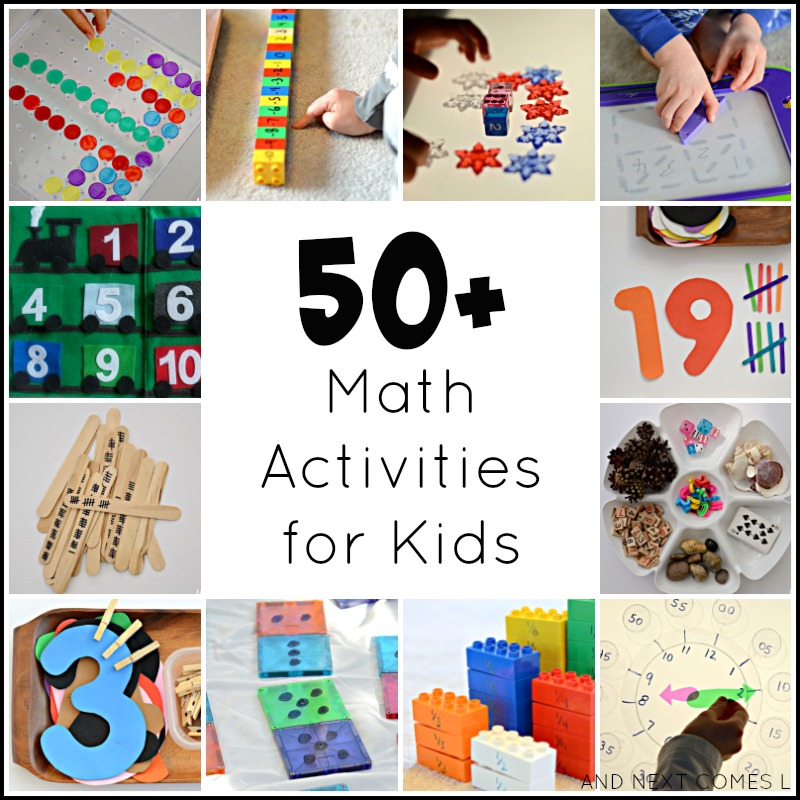 Then there were only English lessons. Later came mathematics and programming. My daughter takes all three courses. From the first day, I liked that the lesson takes place in live communication and individually, teachers try to keep the concentration of the child's attention. Very flexible schedule - you can choose a convenient time for yourself. Pleasant bonuses for payment: installment payments and promotional codes for discounts. The staff of this wonderful school is very responsive: there are often problems with sound or video on our part, and the child is alone at home. And employees decide everything themselves. And most importantly, my daughter likes the lessons!
Then there were only English lessons. Later came mathematics and programming. My daughter takes all three courses. From the first day, I liked that the lesson takes place in live communication and individually, teachers try to keep the concentration of the child's attention. Very flexible schedule - you can choose a convenient time for yourself. Pleasant bonuses for payment: installment payments and promotional codes for discounts. The staff of this wonderful school is very responsive: there are often problems with sound or video on our part, and the child is alone at home. And employees decide everything themselves. And most importantly, my daughter likes the lessons! -
A convenient format, and teachers are ready for dialogue: you can ask to leave the program and go through those topics and questions that are needed right now. For example, prepare a child for a test.
-
I am very pleased with the clear organization, namely: a large selection of convenient time for classes, feedback from teachers, the program in the subjects as a whole and the conduct of each lesson.

Learn more


